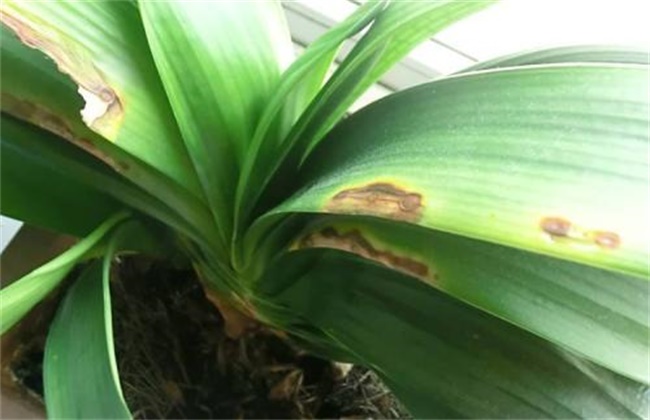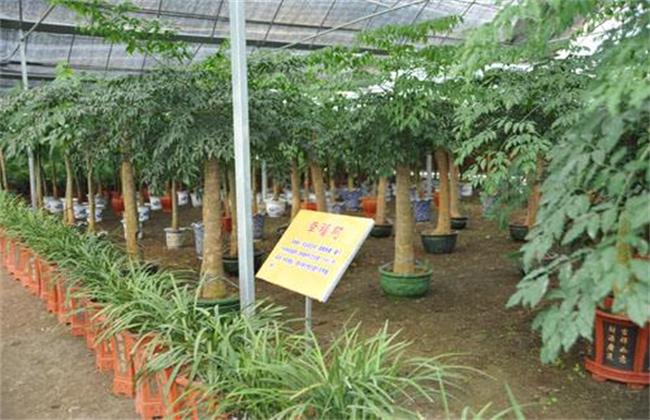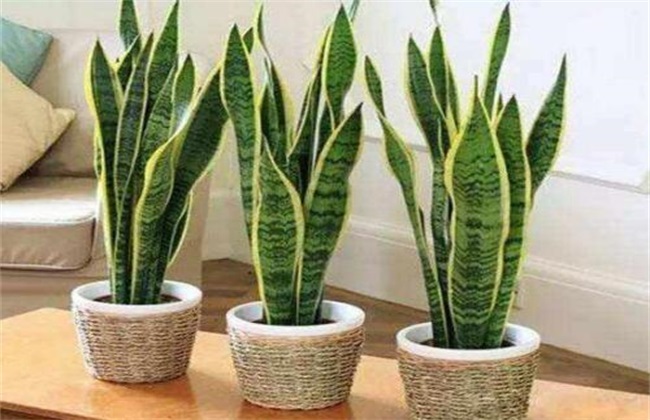What to do if the leaves of Cymbidium turn yellow?
Gentleman orchid like its name, such as its modest gentleman, especially lovable, no matter whether it blossoms or not has an excellent ornamental, many people will breed a pot. But in the process of breeding, we often encounter unsatisfactory places, such as the yellowing of Cymbidium leaves, which is more common and annoying, so what is the cause of the yellowing of Cymbidium leaves? Let's get to know it.

1. The light is not suitable
The gentleman orchid is born in a semi-overcast environment and avoids strong light. If it is cultured in a strong light environment, especially in a sunny place in summer, it is very easy to cause sunburn, and if it is placed in a hidden place for a long time, if you can't see the light or rarely see the light, it will also appear yellow-green or yellow to the leaves. So we should pay attention to put the magnolia in the bright scattered light in summer, give it more light in spring and autumn, and strengthen the light in winter to make it grow smoothly.
2. Improper use of soil
Cymbidium has certain requirements for soil. If you plant Cymbidium with heavy clay or calcareous soil, the physical and chemical properties of the soil are poor, poor permeability and drainage, improper watering and fertilization, it is very easy to rot the roots of Cymbidium, thus making the leaves yellow. Sometimes for undermature farm manure or organic fertilizer, fermentation dissipates heat after application, resulting in root burns and leaf scorching, so it is best to choose a slightly acidic soil with loose and fertile soil, good drainage and good air permeability.
3. Improper fertilizer and water
In the process of breeding, the basin soil is too dry and wet will cause the phenomenon of yellow leaves, especially when it is often too wet, it will cause leaf yellowing and scorching, and when it is often drenched or washed with leaf dust, the water will be poured into the new leaves many times, which will also cause the new leaves to rot and scorch. When too much concentrated and unrotten fertilizer is applied to top dressing, the root system can not be absorbed, resulting in root burns, and the phenomenon of withered and yellowed leaves will occur. In the application of liquid fertilizer, if you accidentally drop the fertilizer on the plants and leaves, if you don't clean it in time, it will also lead to macula and scorch on the leaves.
4. The temperature is too high or too low
When the temperature exceeds 30 degrees, the air is dry, and no timely cooling and humidification measures are taken, coupled with poor ventilation, all of which can easily lead to the phenomenon of yellow leaves in Cymbidium. If the temperature is too low in winter, the plants will be directly attacked by the cold wind and freeze damage will occur, and the leaves will turn yellow and gradually scorch. The above several reasons will also be accompanied by ulceration, which is caused by leaf spot caused by bacterial infection, so the temperature must be controlled well.
The above is the introduction of what to do when the leaves turn yellow. I hope it can help you. If you want to know more about it, please pay attention to us.
Related
- Fuxing push coffee new agricultural production and marketing class: lack of small-scale processing plants
- Jujube rice field leisure farm deep ploughing Yilan for five years to create a space for organic food and play
- Nongyu Farm-A trial of organic papaya for brave women with advanced technology
- Four points for attention in the prevention and control of diseases and insect pests of edible fungi
- How to add nutrient solution to Edible Fungi
- Is there any good way to control edible fungus mites?
- Open Inoculation Technology of Edible Fungi
- Is there any clever way to use fertilizer for edible fungus in winter?
- What agents are used to kill the pathogens of edible fungi in the mushroom shed?
- Rapid drying of Edible Fungi



